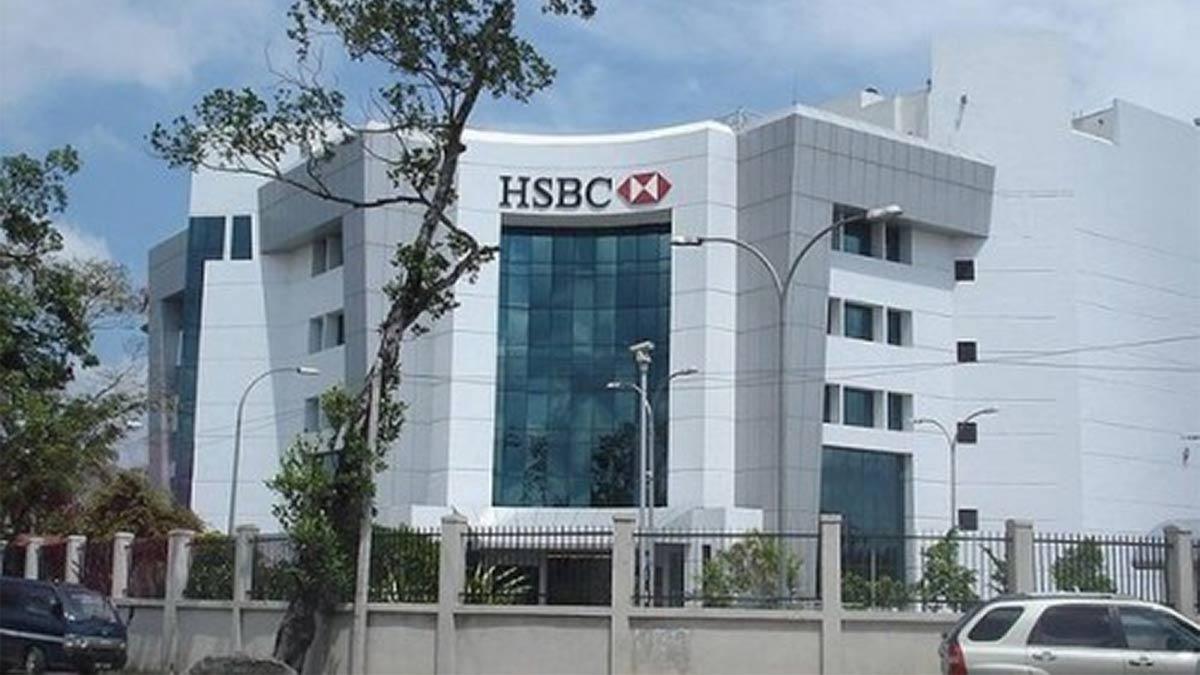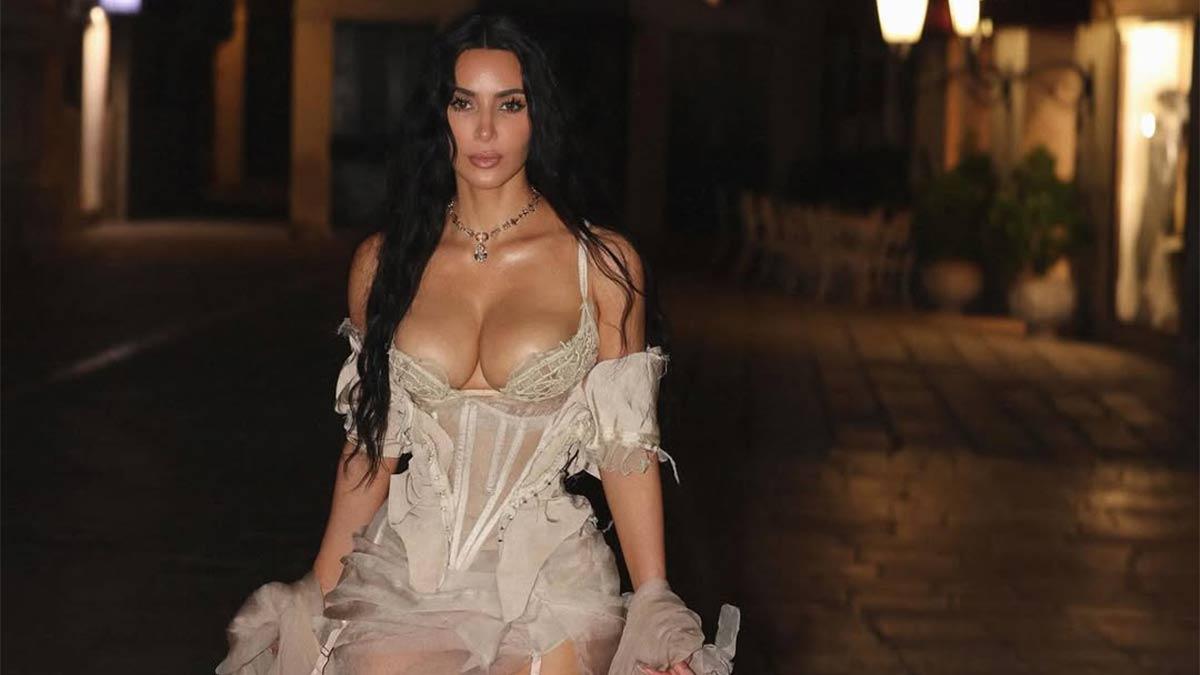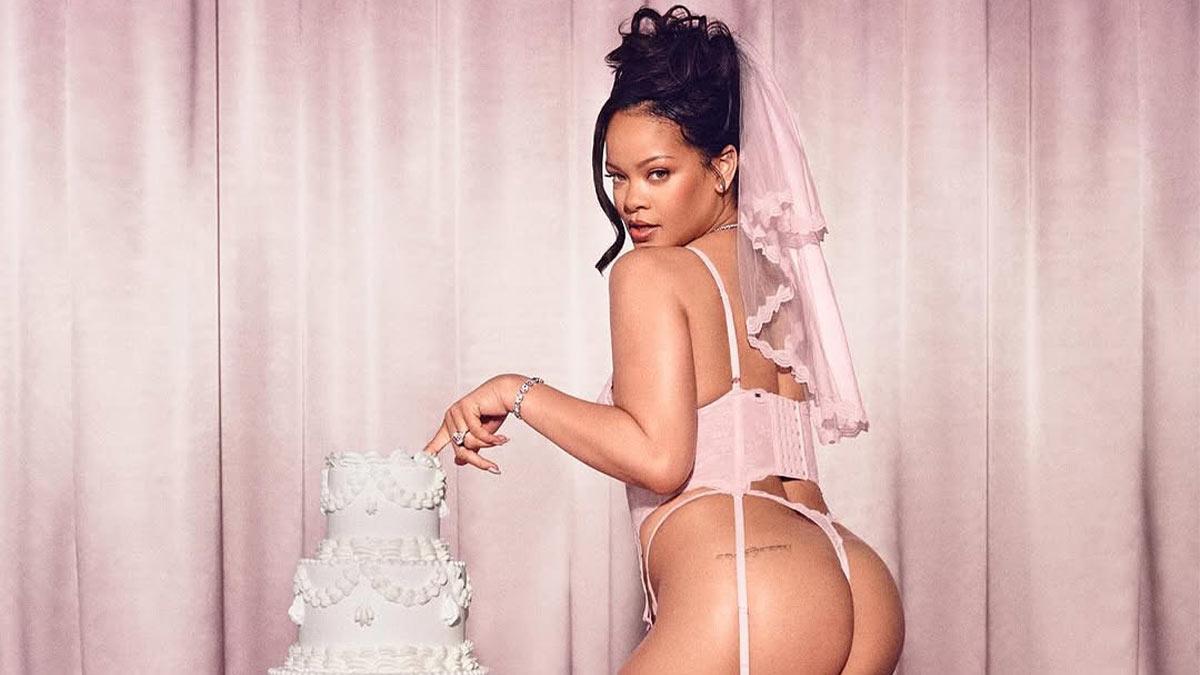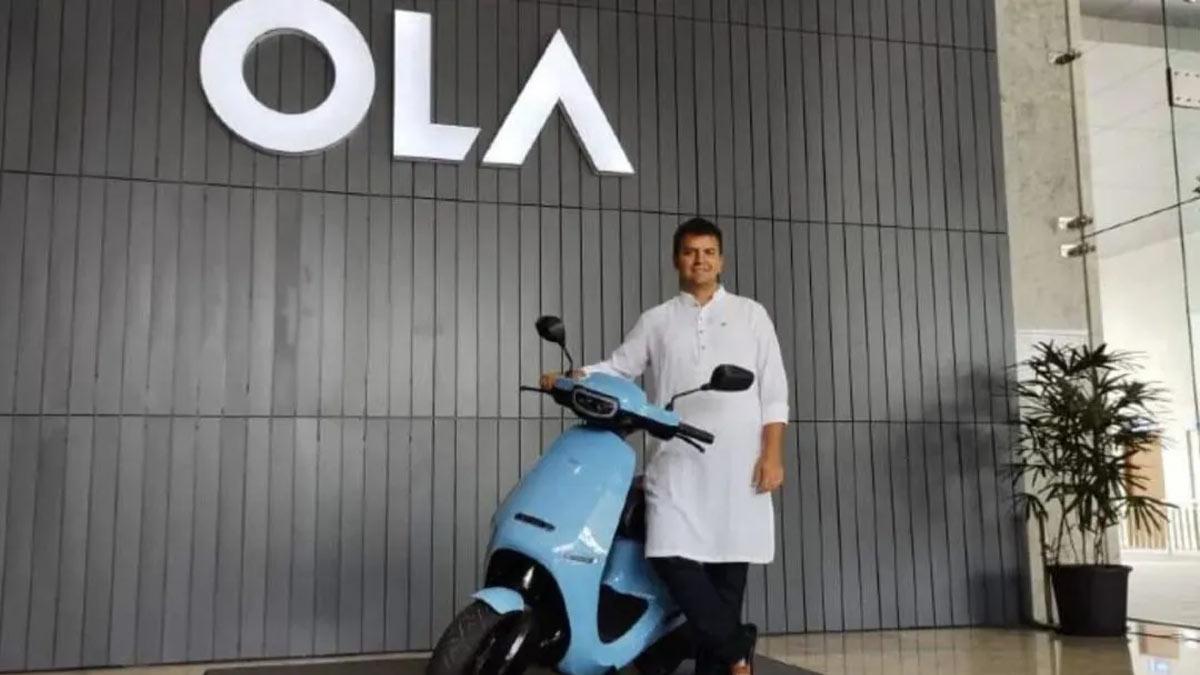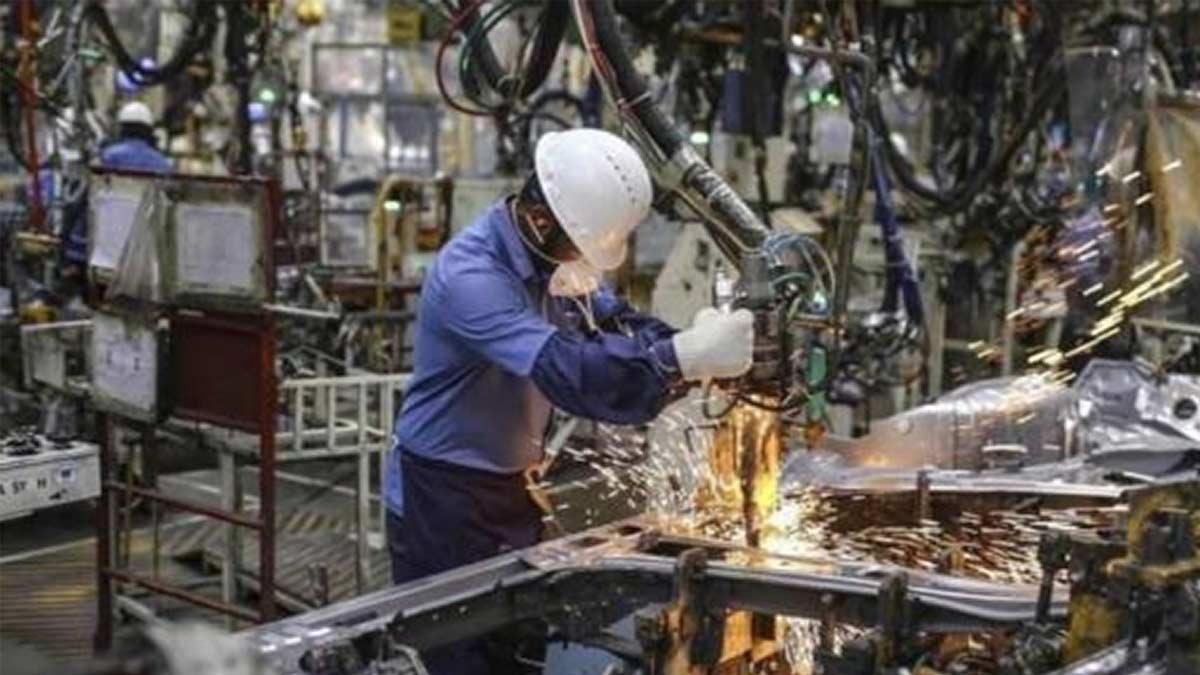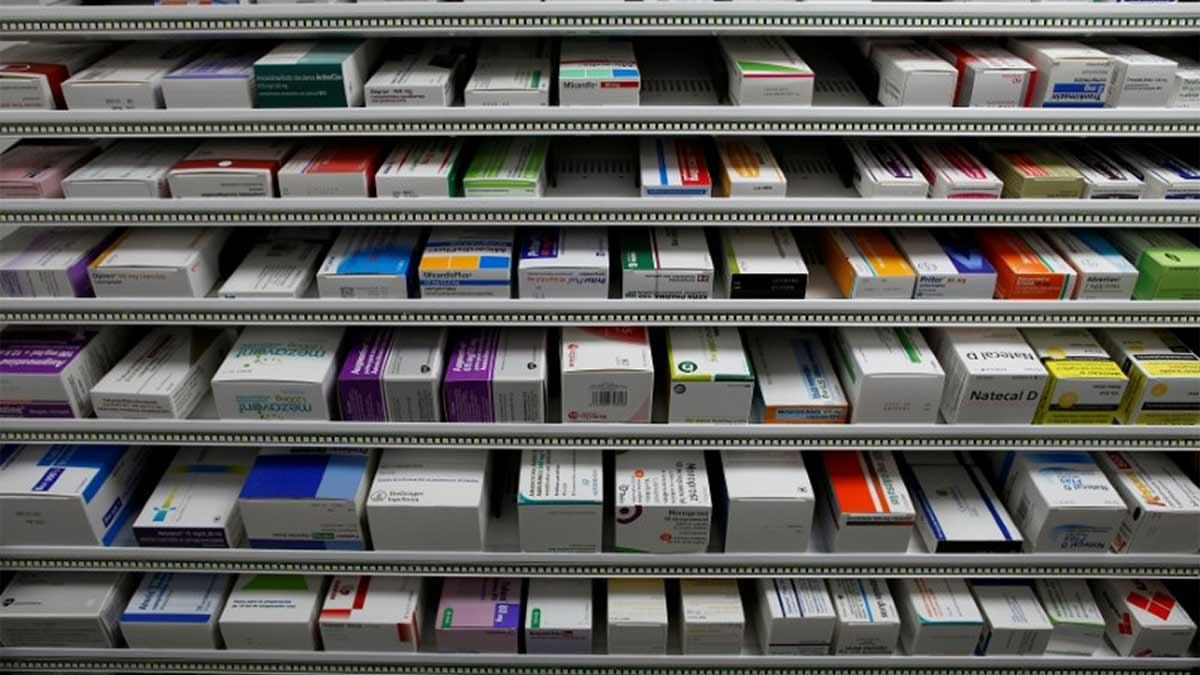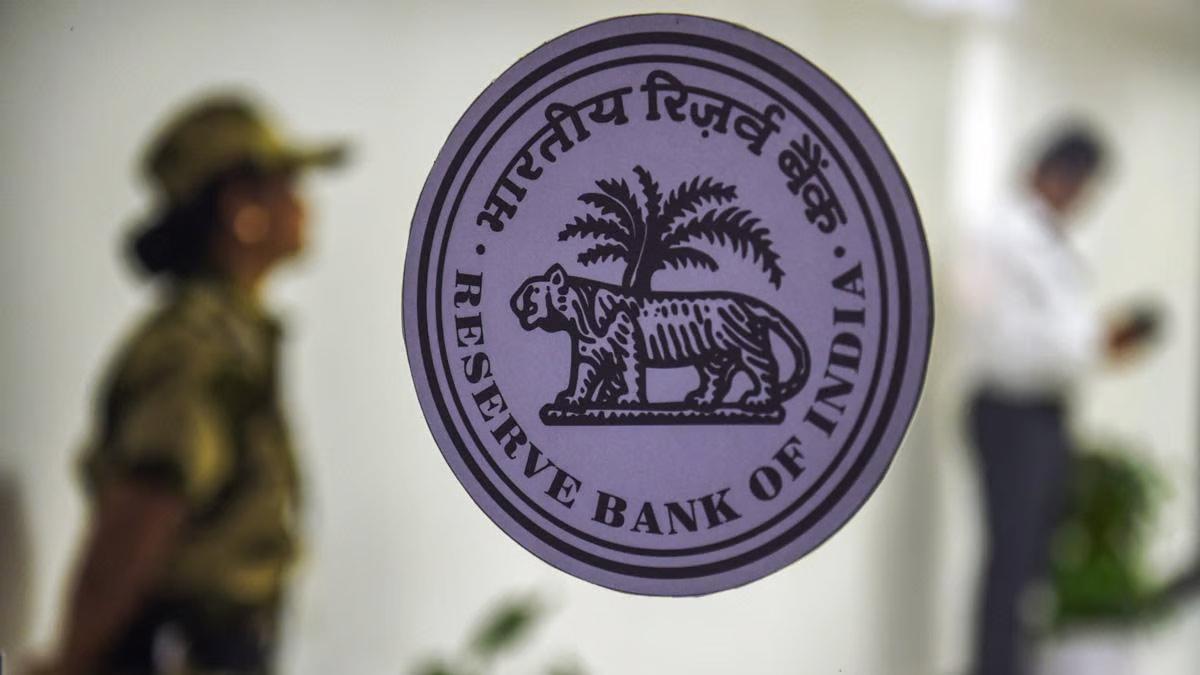India's economy is projected to expand at a strong rate of 6.3% in the ongoing financial year (FY26), amid global headwinds, as per a report issued by HSBC on Wednesday.
The report states that since 70% of the major indicators are indicating positive momentum, GDP growth during the April–June quarter (Q2) seems to be on course between 6.8% and 7%, driven by a good showing from the informal sector.
HSBC Global Investment Research has updated its detailed 100-indicator framework, which interprets high-frequency data across industries to provide a layered and sequential perspective on economic activity.
"Following a spectacular April was a composed May with 67 per cent of the indicators increasing positively (up from 72 per cent in April). Nevertheless, on a quarterly basis, Q2 is ahead of Q1 2025 (70 per cent compared to 67 per cent)," noted the report.
With about 20% of June data already out, initial indications are that momentum is sustained. If this prevails for the rest of the month, "GDP expansion could still be in the 6.8-7 per cent range", the report said.
Informal sector consumption is becoming a main growth driver. A number of key indicators improved sequentially in May, such as two-wheeler sales, production of non-durable goods, rural terms of trade, collections from non-cess GST, and inflation-adjusted wages in rural areas.
Conversely, formal economy consumption painted a mixed picture. Demand for consumer imports, petrol consumption, and production of durable goods was steady, though other segments like sales of passenger vehicles weakened.
The report also pointed out that spending by the government has provided the economy with an added stimulus. "An increase in government expenditure was an added stimulus, which concentrated not only on consumption, but also capex," it said.
Indian government capital spending surged 54% in the first two months of FY26, led by strong collections of non-tax revenues and a large surplus transfer from the Reserve Bank of India.
Three pieces of data, as per the HSBC analysis, point to a sharp pick-up in formal-to-informal sector activity:
"One, indirect tax collection (informal consumption proxy) is finally surpassing direct tax collection after a long wait. Two, credit growth overall is decelerating, but within that, credit to MSMEs is defying the trend. Three, RBI corporate database shows salary growth in small firms is outperforming large firms," the report added.
Two big transitions are poised to determine the course of FY26: a shift from investment-driven to consumption-driven growth, and a further shift within consumption itself—from formal to informal sectors.
"Declining inflation has been a key driver here. It has enhanced real purchasing power, thus fueling informal sector consumption, which constitutes two-thirds of the consumption pie," the report summed up.
Read also| Bank NPAs in India Tumble to 2.3%, Lowest in Years

